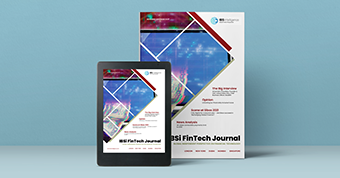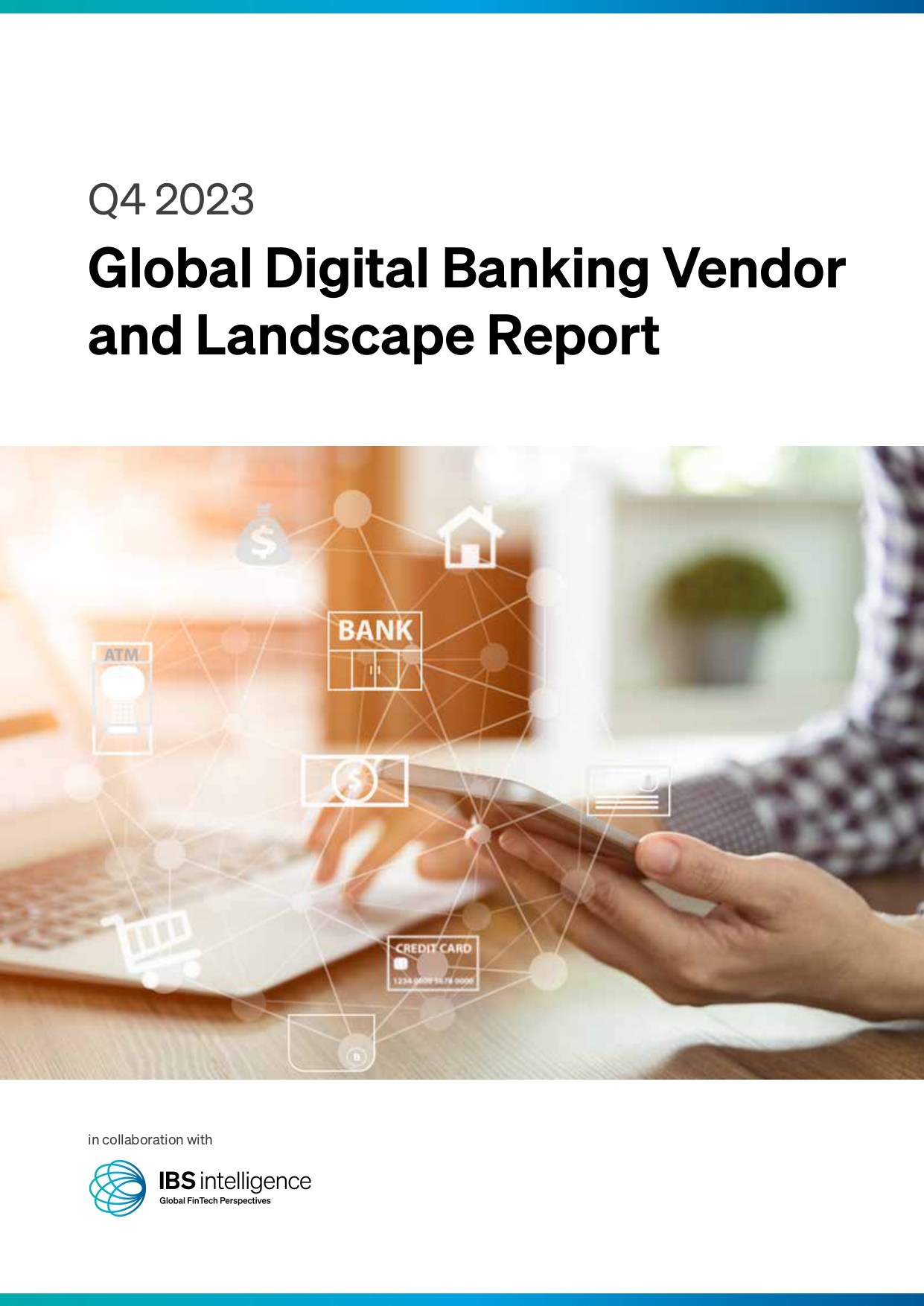How Embedded Banking is transforming customer loyalty
The impact of loyalty programmes for brands looking to foster lasting relationships with their customers has been well-established for years. Research from Nielsen, for example, found that the vast majority (84%) of consumers are more inclined to remain faithful to brands with loyalty programmes. However, 79% of consumers are no longer interested in simply earning points for their loyalty.
By Kim Van Esbroeck, Country Head for Aion Bank Belgium & Chief Revenue Officer for Vodeno/Aion

Today, the loyalty ecosystem is shifting. In the age of eCommerce, competition for the customer is more fierce than ever, and brands are turning to embedded finance to differentiate themselves and drive engagement.
To find out more about changing loyalty preferences, Vodeno commissioned a survey of more than 3,000 European consumers in the UK, Belgium, and Germany to understand how embedded finance is innovating brands’ customer loyalty strategies.
How is embedded finance being integrated into loyalty programmes?
Embedded finance is a broad term that covers a wide variety of banking products – from payments to lending to savings. According to the Vodeno/Aion research, branded debit cards and digital wallets are popular embedded finance solutions, with 48% of respondents having used a branded debit card and 40% a branded credit card.
Today, early adopters are seeing how embedded finance can supercharge their existing loyalty schemes by providing customers with financial products that add convenience and tangible financial benefits. For instance, the Starbucks loyalty app, which enables customers to earn rewards and pre-order coffee with their smartphone, holds more than $1.2 billion in deposits as customers load cash onto their Starbucks Cards and app. In context, this is more than 85% of US banks have total assets, making embedded finance a clear route to profitability. Another powerful example of embedded finance in action is Target’s REDcard, which offers customers 5% cash back on purchases, contributing over $8.9 billion in volume annually and 12.1% of all Target sales.
How are consumers responding to embedded finance?
In today’s eCommerce landscape, consumers expect a frictionless customer journey, and financial solutions that make their lives genuinely easier – like flexible payment solutions and Buy Now, Pay Later (BNPL) – are key.
When it comes to their loyalty, just under half (46%) are more likely to use a brand’s loyalty card to make purchases if it includes BNPL. This figure was highest amongst the youngest consumers surveyed, increasing to 53% for those aged 16-24 and higher still (65%) in the 25-34 demographic.
Vodeno’s research went further, revealing a strong consumer appetite for embedded financial products, citing that over a third (37%) of respondents are actively seeking out brands offering BNPL as a result of rising costs, while 40% are only loyal to brands providing financial benefits such as BNPL and cashback, rising to 50% among those aged 25-34.
The benefits of loyalty
Embedded finance has a direct impact on conversion and repeat visits, with respondents claiming they shop with brands offering embedded financial solutions more frequently. According to the findings, 36% visit the brand’s app or website three to five times a month, with this figure rising to 43% among the 25-34 age group. Additionally, more than a fifth (22%) of respondents say they are likely to make more purchases with brands offering embedded banking, while 23% are more likely to spend more money with them over competitors.
Building bonds that last
Embedded banking has already revolutionised the customer journey and now it is changing the loyalty game. Our findings indicate that consumers are already actively recognising the benefits of financial solutions offered at the point of need, which is incentivising bigger shopping baskets and repeat visits. In a fiercely competitive market, brands stand to gain from new revenue-building opportunities and stronger customer relationships, powered by embedded banking.
IBSi News

January 16, 2024
Banking Products
Revolut teams with Jabil to scale development of mobile payment solutions
Read More- Daily insightful Financial Technology news analysis
- Weekly snapshots of industry deals, events & insights
- Weekly global FinTech case study
- Chart of the Week curated by IBSi’s Research Team
- Monthly issues of the iconic IBSi FinTech Journal
- Exclusive invitation to a flagship IBSi on-ground event of your choice
IBSi FinTech Journal

- Most trusted FinTech journal since 1991
- Digital monthly issue
- 60+ pages of research, analysis, interviews, opinions, and rankings
- Global coverage
Other Related Blogs
December 19, 2023
Digital Disruption: How FinTechs Are Outpacing Traditional Banks in Trade Finance
Read MoreRelated Reports

Sales League Table Report 2023
Know More
Global Digital Banking Vendor & Landscape Report Q4 2023
Know More
Wealth Management & Private Banking Systems Report Q4 2023
Know More
IBSi Spectrum Report: Supply Chain Finance Platforms Q4 2023
Know More
